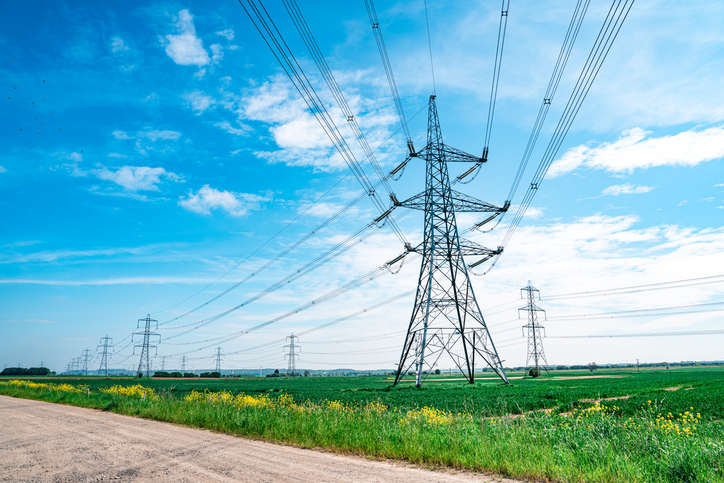A Changing Landscape
Over the past few decades, the energy profile of UK businesses has shifted dramatically. While overall energy consumption has trended down in some sectors, the rapid infusion of computerised technology has both stabilised and reshaped demand.
The Office for National Statistics reports that between 2005 and 2020, industrial and commercial energy use dropped by 28%, outpacing reductions seen in homes (22%). This decline reflects improved efficiency and a structural shift away from heavy industry. However, energy usage has remained buoyant in service-oriented and tech-intensive sectors.
According to Uswitch, UK business electricity consumption fell by 7.3% between 2014 and 2023 Uswitch—a noticeable improvement, yet still coupled with rising costs. Commercial electricity in Q1 2025 was 21.0 TWh, down 1.4% from a year earlier GOV.UK Assets+1GOV.UK Assets+1.
The Digital Effect
The uptake of computers, data centres, and connected devices has introduced a dynamic counterforce to efficiency gains. Around 34% of UK businesses now cite digitalisation and tech adoption as the primary driver of increased energy usage in 2025.
Globally, the ICT (information and communications technology) sector accounts for 4–6% of total electricity, where devices—laptops, smartphones—consume more energy than networks and data centres combined Research Briefings+1London Datastore+1. While efficiency per unit has improved, overall demand remains flat or rising due to sustained tech adoption.
A Look at the Numbers
- Commercial sector share: In 2021, business and commercial users accounted for 29% of UK electricity consumption, compared to household (38%) and transport (2%) Research BriefingsSpacewell | A Nemetschek Company.
- Total generation & consumption: In Q1 2025, UK electricity demand—including commercial—totalled 75.1 TWh, with 21.0 TWh used specifically in commercial/public sectors GOV.UK Assets.
- Cost pressure: UK industrial tariffs, nearly 26 p/kWh in 2023, far exceed the IEA average (17.7 p)—and are over 4× higher than in the US (6.5 p/kWh) The Times.
What It Means for Businesses
- Efficiency gains are real, but don’t outweigh rising appliance and digital loads.
- Energy intensity (energy per unit of economic output) has improved, but growing reliance on tech keeps demand steady The Times.
- High energy prices—especially for electricity—are squeezing businesses and pushing energy-intensive industries to restructure or move abroad .
Strategies Moving Forward
- Smart monitoring: Tracking device-level use helps spot digital loads—servers, point-of-sale systems, and HVAC—to target inefficiency.
- Demand response: Managing peak-period use of digital systems can significantly reduce cost exposure.
- Renewables & storage: On-site solar or battery systems help offset electricity cost and reduce carbon footprint.
- Tech upgrades: Energy-efficient servers, LEDs, smart controls, and IT optimisations cut both energy use and emissions.
Conclusion
Over recent decades, UK commercial energy use has benefitted from efficiency improvements and structural economic shifts. Yet, the growing presence of computerised systems means that technology now drives a substantial portion of consumption. While total usage has fallen in some areas, energy resilience, smart monitoring, and digital-first efficiency strategies are becoming essential. For businesses, understanding and managing the interplay between energy and technology is key to reducing costs, staying competitive, and meeting sustainability goals.

